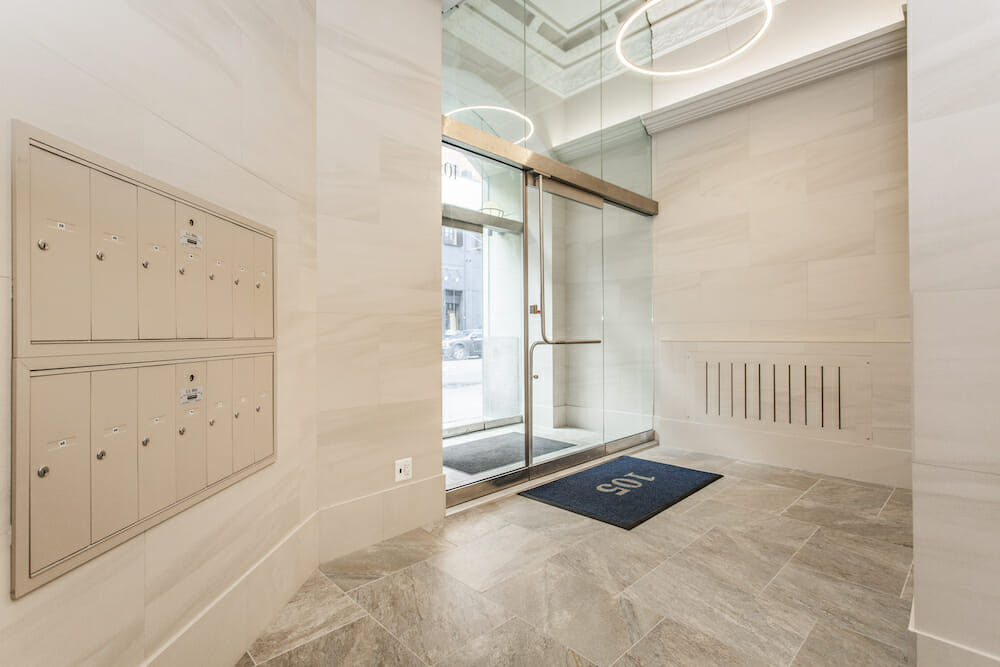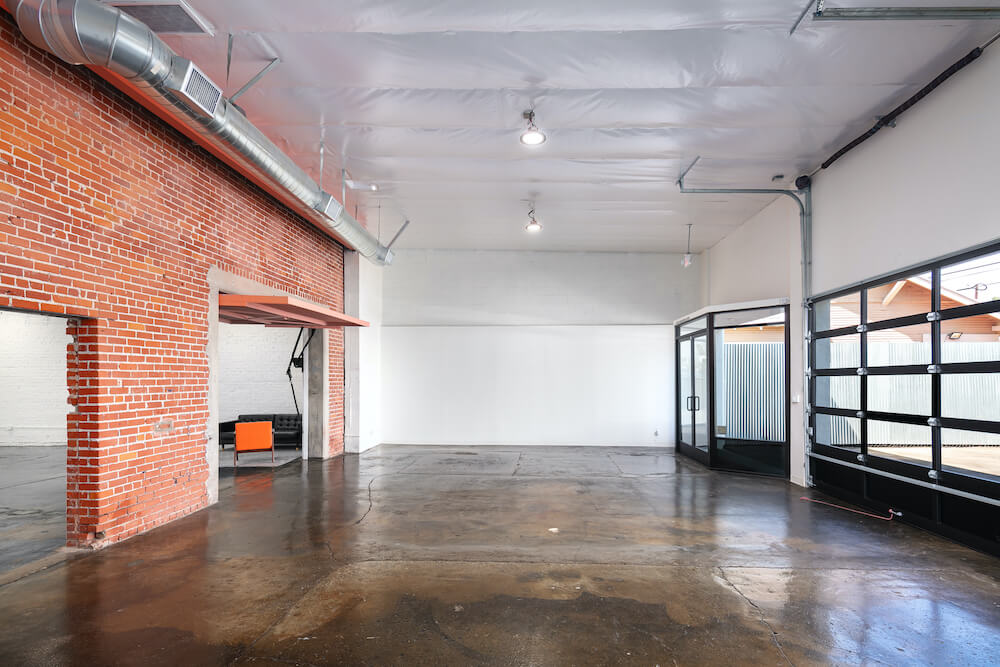Commercial Guide: Pacing Your Budget During The Renovation Process
Having contingency plans offers capital protection for unplanned events

Starting a business is both daunting and exciting. It could mean that you will finally be your own boss, or have a chance to execute on an idea that has beckoned you for years. But that good idea and that excitement do not pay the bills. It will take some meticulous planning to get through a business renovation and end up with an enterprise that not only feeds your soul but pushes your business into the black.
About 80 percent of small businesses fail in their first year, according to the Bureau of Labor Statistics. One of the biggest reasons? They get to the end of their budget by either not making a profit or underestimating the amount of time and capital they will need before crossing over into a profitable business. At Sweeten, we want to see every business succeed. It’s one of the reasons why we offer a free service connecting business owners with fully vetted general contractors when it’s time to start or expand.
Here are a few ways to make sure you don’t burn through your business’s renovation budget.
Minimize change orders with precise planning
Jimmy Haber knows a thing or two about successfully surviving a business renovation. His company, Esquared, has a long list of successful restaurants, including the popular vegan dining chain by CHLOE. For Jimmy, the biggest disrupter to a budget is change orders. These can occur once the scope of work and budget are agreed upon by business owner and contractor, serving up an unexpected addition to the cost and complexity of a project. “A change order can happen for a thousand different reasons,” he said. “It could be as simple as ‘that outlet doesn’t belong there. It is better if it is here.’” Or more complicated such as needing to redo a design feature that doesn’t quite look right or drawing up a budget from a preliminary set of plans rather than a final set.
“You have to go through and meticulously plan everything out,” said Jimmy. Not only will the change order likely add to your budget, since you’re already in agreement with your contractor, it is more difficult to get a competitive price on that additional scope of work. “Because they already have the job, you no longer have any leverage, but they do,” he said.
Contingency for staff costs Sweeten brings homeowners an exceptional renovation experience by personally matching trusted general contractors to your project, while offering expert guidance and support—at no cost to you. Renovate to live, Sweeten to thrive!
Having a delay in a construction project once new staff already has a start date will put any business owner in a dilemma. If you let those staff members go, then you’ll have to go through the time-consuming process of re-hiring replacements once you are ready to open. Or, if you want to secure the team you’ve hired, keeping them on the payroll might be the only way to stop them from going elsewhere. “This can be the most painful and difficult stage that can crush your budget,” said Jimmy.
One solution is to be prepared with a contingency line item in the budget for staff costs in the case that construction is delayed and you’ve already hired your staff. Other times it might mean holding on to key staff, like executive chef for a restaurant or a general manager for a retail space, while letting go of those in high turnover positions such as servers.

Keep a line of credit handy
Just like a lifebuoy in a pool area, a line of credit should be ready to go if your project needs additional cash to stay afloat, said Andrew Flamm. He is the director of the Pace University Small Business Development Center, which connects small business owners with funding as well as support and mentorship. A line of credit is different from a typical term loan. With a term loan, once you are approved you receive it in a lump sum and begin paying interest on it immediately.
A line of credit requires approval; however, it remains in the lender’s possession. You only access it if and when you need to. You also only begin paying interest on the loan once you start using it and you don’t need to draw on the entire amount available to you. Only take what you need. “Then you are not scrambling to pay a bill or overextending on your credit card,” said Andrew. “That could have implications on your credit score and affect future funding down the road.” Lines of credit usually have a slightly higher interest rate than a term loan, but it could save your business and your personal credit score if you get into a bind.
Prepare to pay operating costs early
One area that trips up many new businesses is forgetting operating costs while a renovation is in progress, according to Alek Marfisi, a small business consultant with Upwind Strategies. If you’re building out a space, you will still need to pay utility bills like gas and electricity, internet connection, business liability insurance, and property insurance. Having plenty of temporary working capital on hand is a must for these situations.

Temporary working capital
In addition to the contingency funds you need to have to pay for overruns in the cost of construction, you should have enough temporary working capital to cover at least two months of operating expenses should the construction project take longer than planned. This is part of your entire budget for working capital, and is what helps you handle any unexpected costs compared to permanent working capital, which is what you typically need to run your business. “It will get you through the losses from starting or expanding your business and while you’re not making any money,” said Alek. Temporary working capital covers the construction period and the period of time in which the business is losing money before it breaks even.
As with so many other expenses, these operating costs will need to be paid regardless of whether your renovation project runs on schedule or gets delayed. That’s why these costs should also be factored into a contingency plan in case your opening date gets bumped back.
Managing a successful renovation in your business comes down to detailed planning. Plus, it’s never a bad thing to be overly generous with your contingency line item in your budget so you are ready if something goes wrong. And if it all goes to plan, then there’s more capital to invest back into your dream business.
—
If you’re thinking of opening an eatery of your own, check out our guide on restaurant renovation costs.
Sweeten handpicks the best general contractors to match each project’s location, budget, and scope, helping until project completion. Follow the blog for renovation ideas and inspiration and when you’re ready to renovate, start your renovation on Sweeten.









